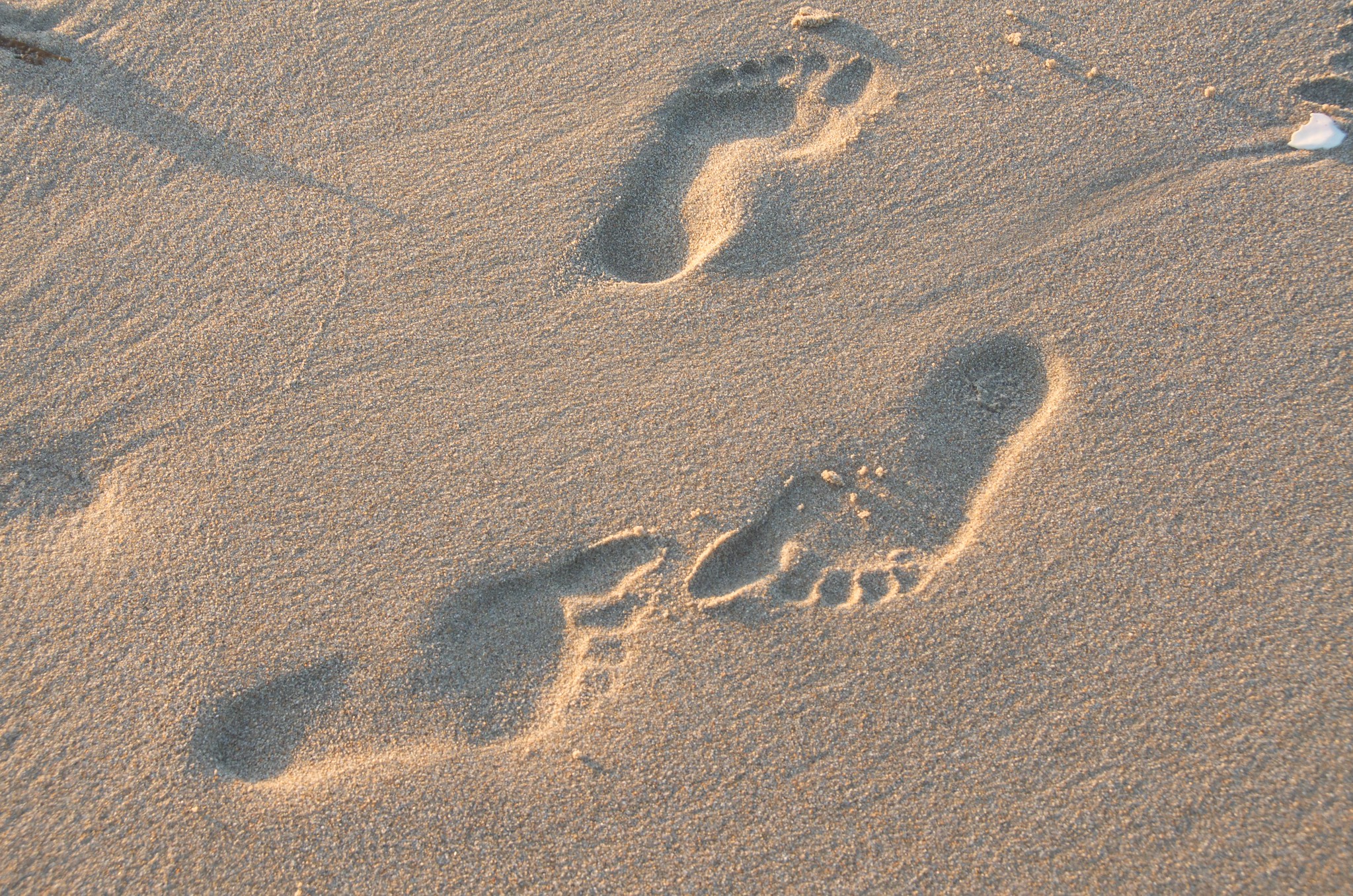Footprint Collection: Sensing the Pulse of the Community with a piece of paper

Summary
The participation of art in public life is not the privilege of artists. This toolkit aims to transform a profound artistic creation process into a zero threshold, low-cost community observation activity that can be completed in just 20 minutes. We invite every learner to transform into a community detective, unlocking a brand-new understanding of the public Spaces around them through a piece of paper and a few footprints, and experiencing firsthand that community politic is not a grand narrative but a practice that begins beneath our feet.
Synopsis
This is an open toolkit themed on footprint collection, which plans to enable learners to participate in the creation of an art piece by collecting footprints of community hotspots. The main purpose is to guide learners to discover the pulse of their own community, observe the walking footprints of a community within ten minutes, become an observer of the community, and thereby discover certain characteristics of the community they are in, such as the footprints all having soil.
Learning Objective
1. Let learners realize that the participation of art in the community can start from the feet of each individual.
2. Enable every learner to create and own a work with the characteristics of their own community;
3. Spend 20 minutes observing your own community and becoming a manager;
4. Through a low-threshold practice, make the process of artistic creation open;
5. Expand other ways of observing the community from the perspective of learners.
Brief Teaching Principles
a. Openness: The resources involved and the teaching process are all open and shared, hoping that learners can recreate the content from them, making the teaching significance more diverse and adaptable.
b. Universality: The teaching content does not require learners to have any prior knowledge or drawing skills. It only needs to be posted, collected and recorded. No need to master too many professional skills;
c. Convenience: The operation process of this toolkit is relatively simple. You only need to observe the traces left after the time changes and express your own opinions. There is no right or wrong.
Required materials
- Four A4 sheets of white paper
- A roll of tape
- A pen
- A sticky note
- A camera (optional)
Teaching Process
1.Opening Introduction: We are All Community Detectives (2 minutes)
- We hope that art is not mysterious and that learners can observe their communities from the perspective of artists.
- It doesn’t require any painting skills from you. Everyone temporarily becomes the detective of their own community.
- Artists record beauty with their brushes, while we will use our eyes and hands to discover and decipher the community secrets that occur beneath our feet every day but are always overlooked.
- The learner’s task is to collect and interpret these unique footprints.
2. Concept Explanation: Listening to the Pulse of the Community (1 minute)
- With a simple artistic creation, make the abstract concept of urban research perceptible.
- We try to imagine the community as a living body, and then the streets are the blood vessels through which it flows. The footprints left by people coming and going on the road are just like the pulse of this body.
- By recording and archiving these pulses, we can intuitively see where they are, where they are headed, and whether they are deep or shallow, and understand the vitality of the community and the flow of life in different corners.
3.Action Guide: Four Steps to Collect Footprints (15 minutes)
Follow the Steps:
- 1. Find a place (1 minute) Find a public space where people walk by your side. For example, the entrance of the station, the entrance of the classroom, the corridor, and the entrance of the building. Safety first. Don’t obstruct traffic.
- 2. Lay out the paper (1 minute) Stick the paper in your hand neatly in that place. This has become our detective trap.
- 3. Wait for footprints (10 minutes) Wait patiently for a moment. If someone walks by, footprints will be left on the paper. What if no one leaves? It doesn’t matter! Our task is to “observe”. You can:Observe the footprints that already exist on the ground. Record where the footsteps you hear come from and where they are going. Or, you can step on one yourself! Because your footprints are also part of community life.
- 4. Take notes (1minutes)
In sticky note, simply write a few sentences:
– Time: What time is it now?
– Weather: Sunny? Rainy day?
– How many footprints are there? Let’s roughly count.
– Which way to go? Is it going east or west?
Just a few key words will do. It would be even better if photos could be taken(optional).
- 5. Reflection and Analysis (2 minutes, optional)
Please think about it. Just these three simple questions:
– 1.From these footprints, can you guess what small fragments of life happened in this place in those few minutes just now?
– 2. If you were the “butler” of this space, what small improvements would you make for these walking people? For instance, is a lamp needed here? Is there a hole here that needs to be filled?”
– 3. Do you think these 20 minutes you just spent can be regarded as a participation in the community?
4. Summary and Elevation: Your 20 minutes have unique significance (2 minutes)
- Connect one’s specific practices with macro public values to enhance a sense of achievement and community belonging.
- Over the past 15 minutes, each learner has been creating a unique profile for the community they live in in their own way.
- The record is a genuine public participation, which transforms learners from passers-by into observers and understanders of the community.
Footprint Collection: Sensing the Pulse of the Community with a piece of paper © 2025 by Tianshun Zhao is licensed under CC BY-NC-SA 4.0
(https://www.flickr.com/photos/9197427@N06/15133367485)


